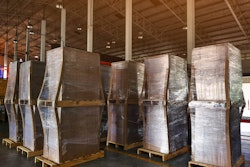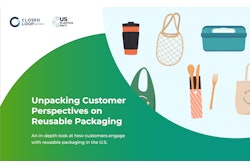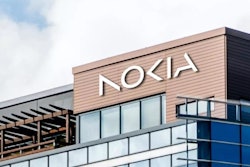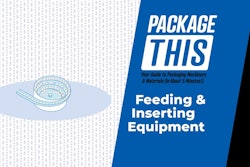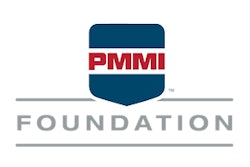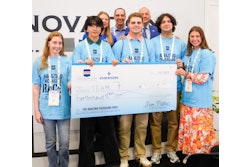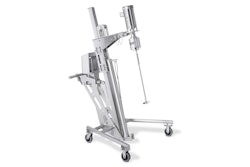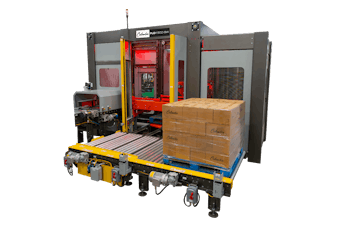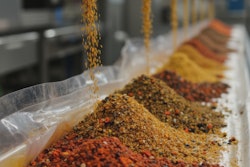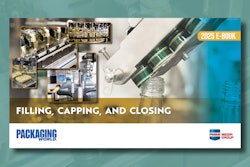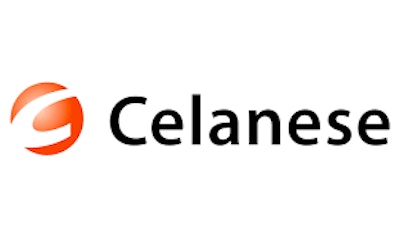
This content was written and submitted by the supplier. It has only been modified to comply with this publication’s space and style.
Celanese Corporation, a global specialty materials and chemical company, announced it has started running a carbon capture and utilization (CCU) project at its Clear Lake, Texas, site as part of its Fairway Methanol joint venture with Mitsui & Co., Ltd. The project is expected to capture 180,000 metric tons of CO2 industrial emissions and produce 130,000 metric tons of low-carbon methanol per year.
Celanese is actively leveraging CCU to offer low-carbon options across its Acetyl Chain and Engineered Materials products to help global customers meet the growing demand for more sustainable and circular solutions. The products will be launched under the ECO-CC name and transparently supported through mass balance tracking and life cycle assessment processes.
“With this project, our Celanese value chain can convert CO2 waste into products for a wide array of end-markets, including consumer goods like adhesives, packaging, toys, paints, coatings, and more.” said Mark Murray, senior vice president, Acetyls at Celanese. “Our globally integrated value chain positions us to provide a wide range of solutions with carbon capture content across both our integrated Acetyl Chain as well as other methanol derived products like acetal copolymers (POM).”
CCU takes CO2 industrial emissions that otherwise would be emitted into the atmosphere from both Celanese and third-party sources and applies reduced-carbon-intensity hydrogen to chemically convert the captured CO2 into a methanol building block used for downstream production. This low-carbon input is then used to reduce traditional fossil fuel-based raw materials and can help produce a wide range of end products across most major industries. Third-party sources account for 80% of the captured CO2 waste.
Unlike the more commonly referenced carbon capture and sequestration (CCS), where captured CO2 emissions are injected into and stored in the ground, CCU fosters circularity by using CO2 emissions to create products that can reduce the need for fossil fuels.
To learn more about CCU technology at Celanese, check out this video.



